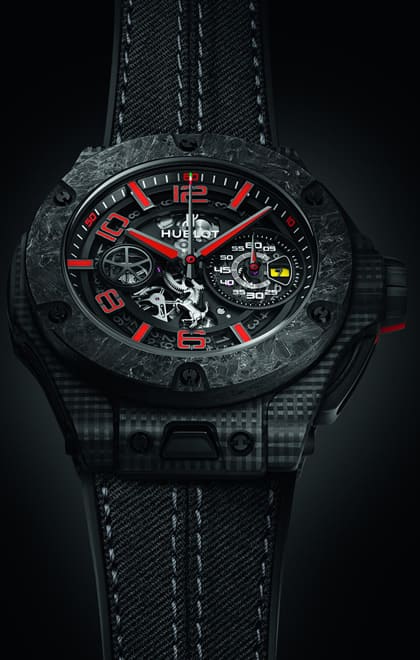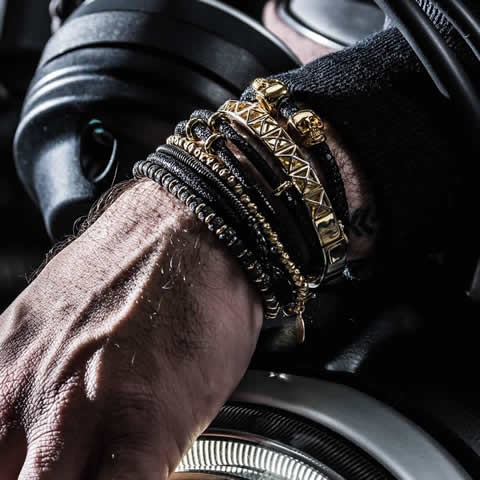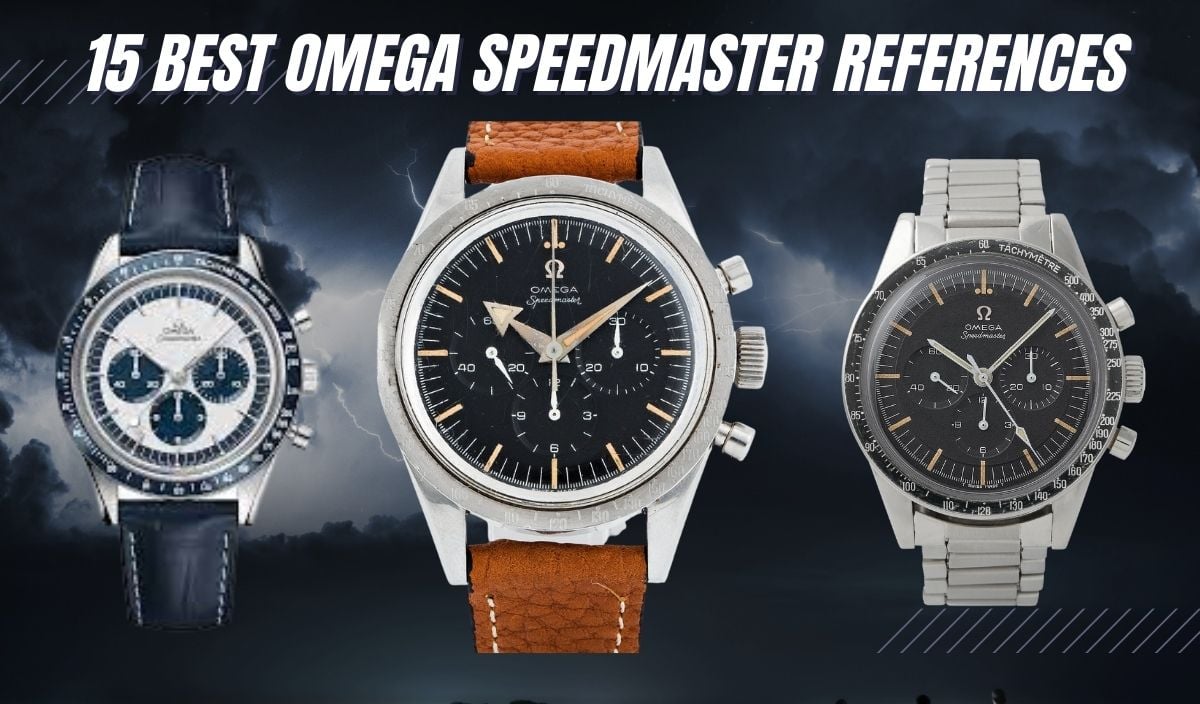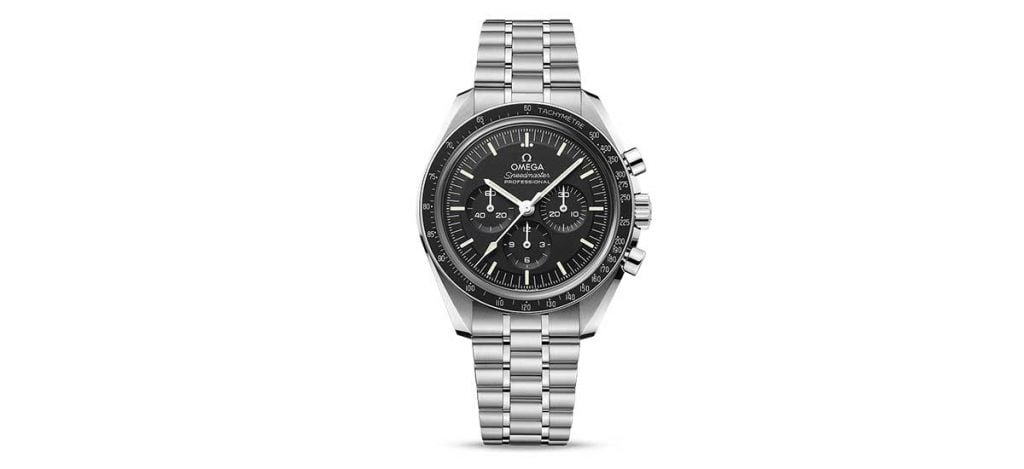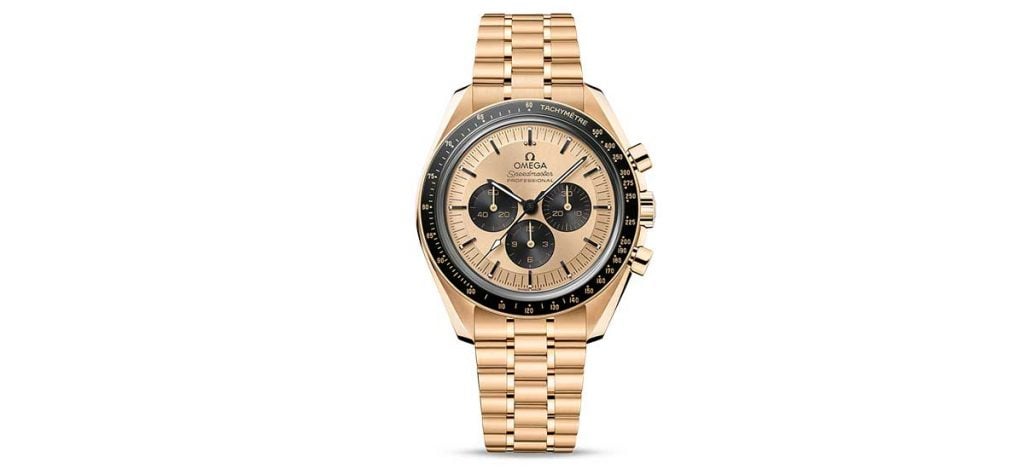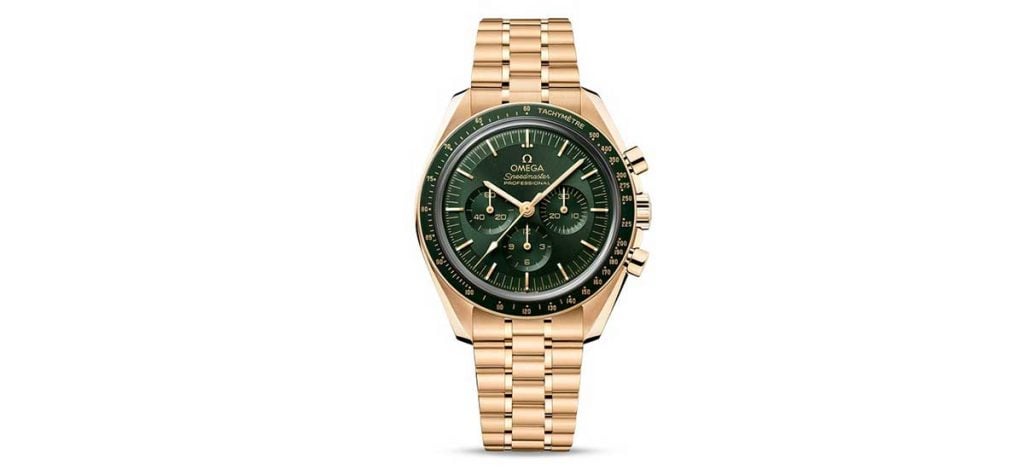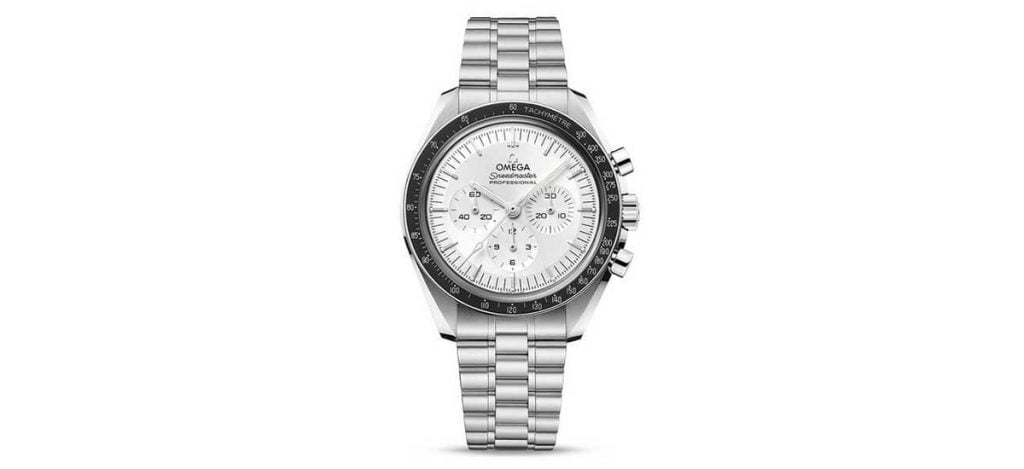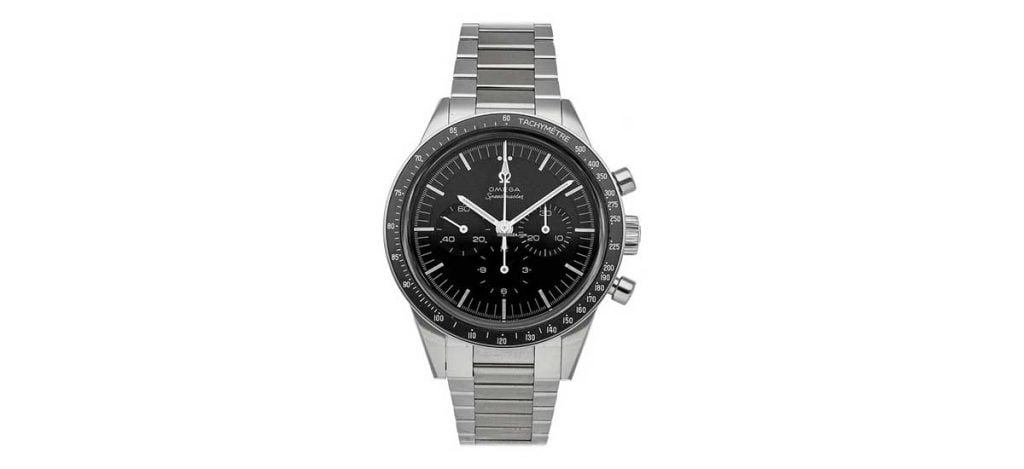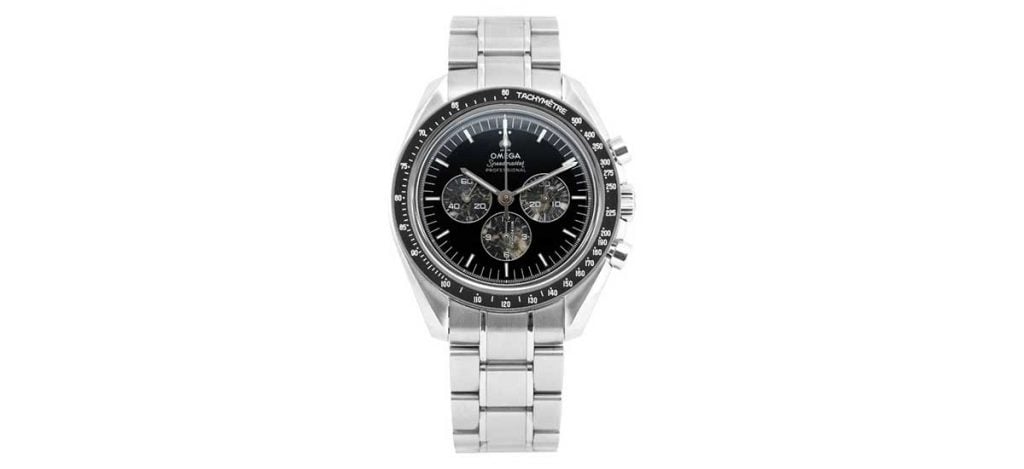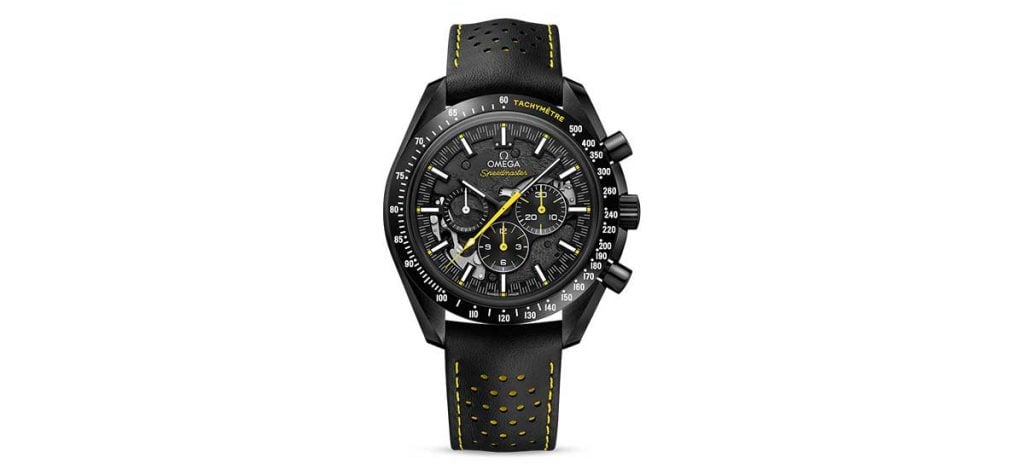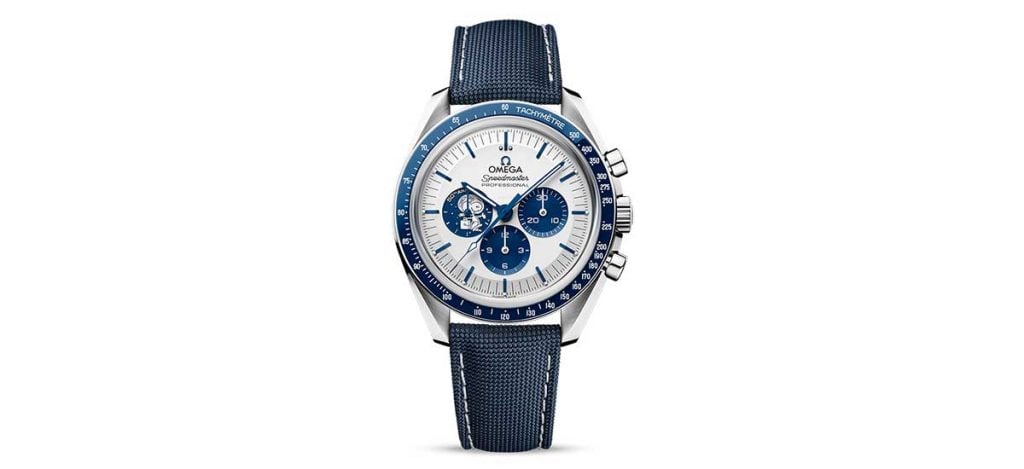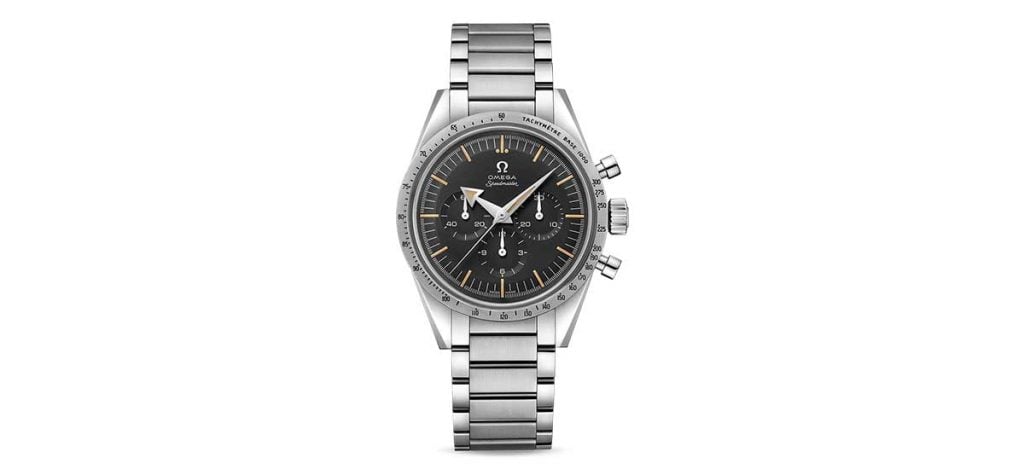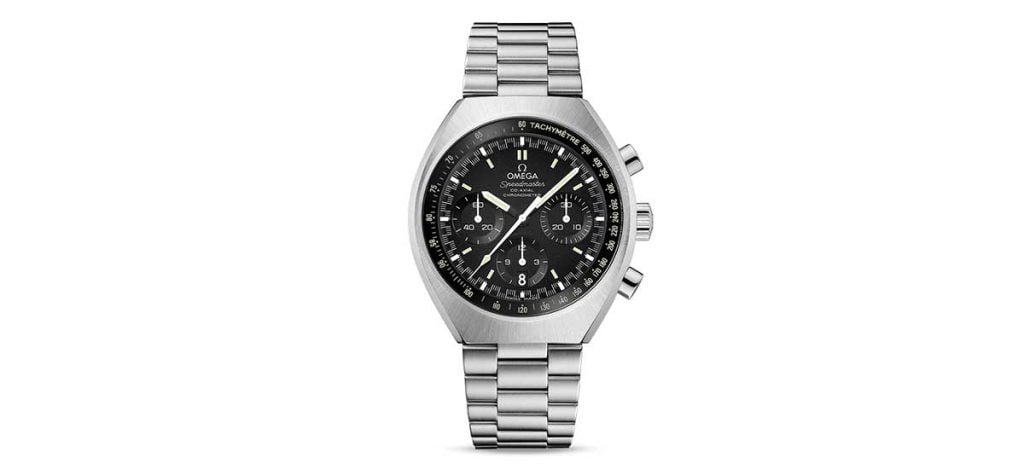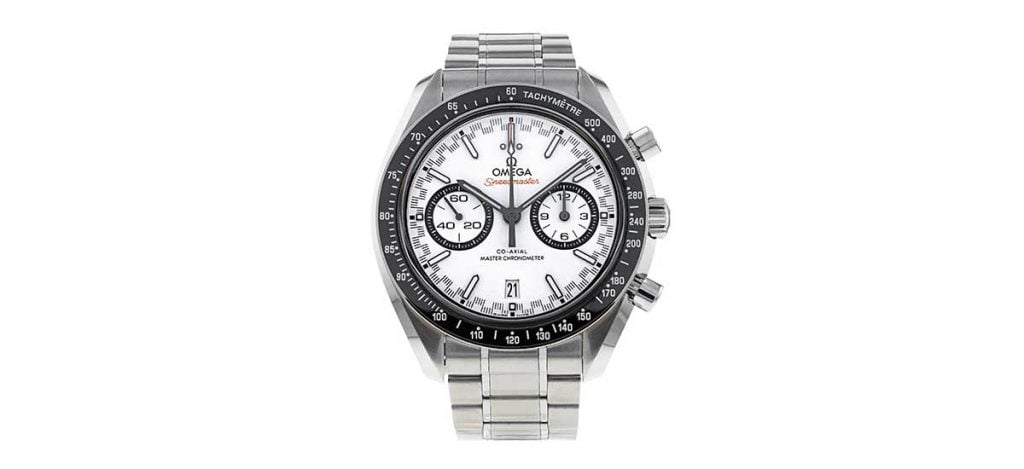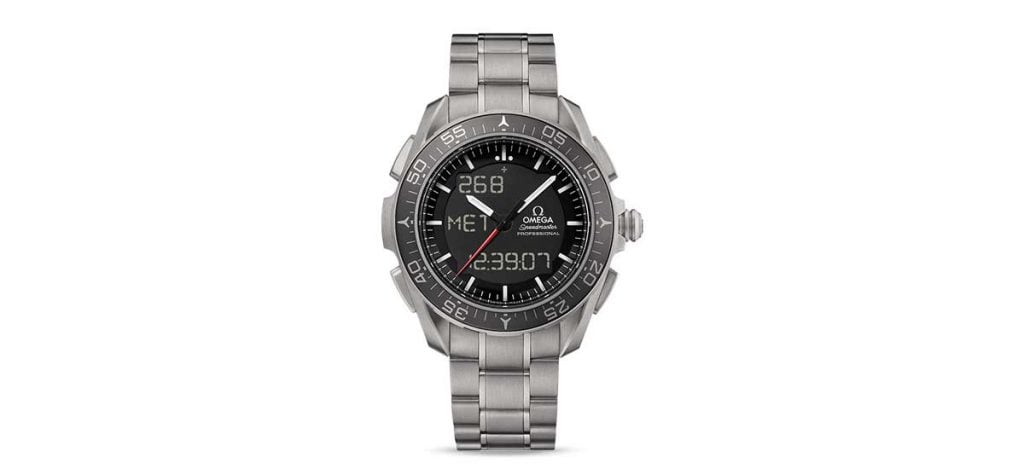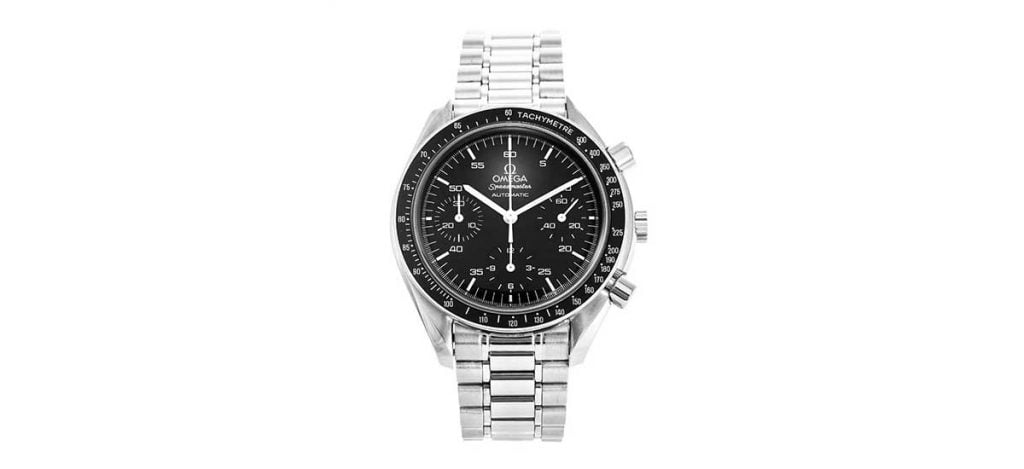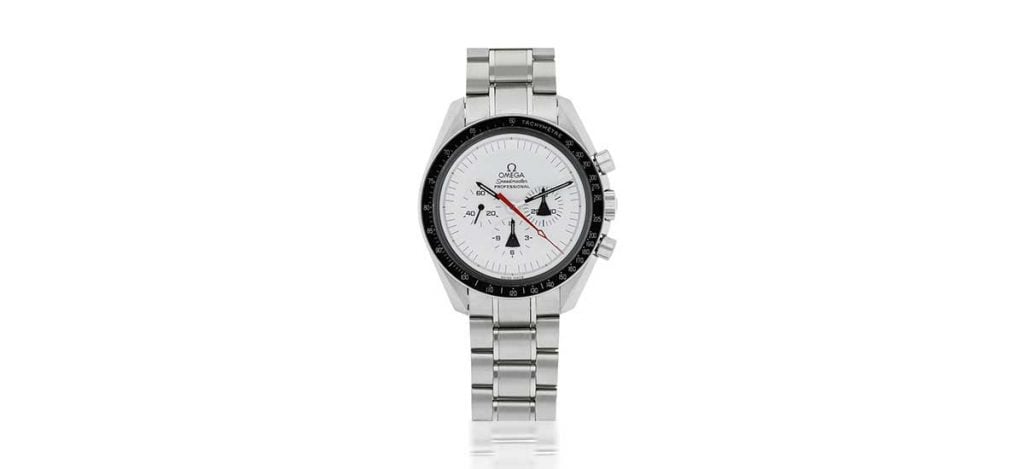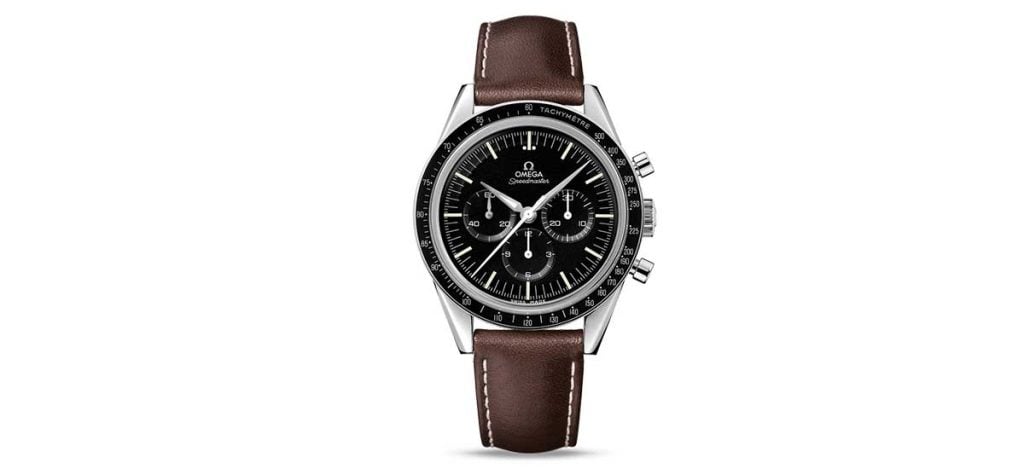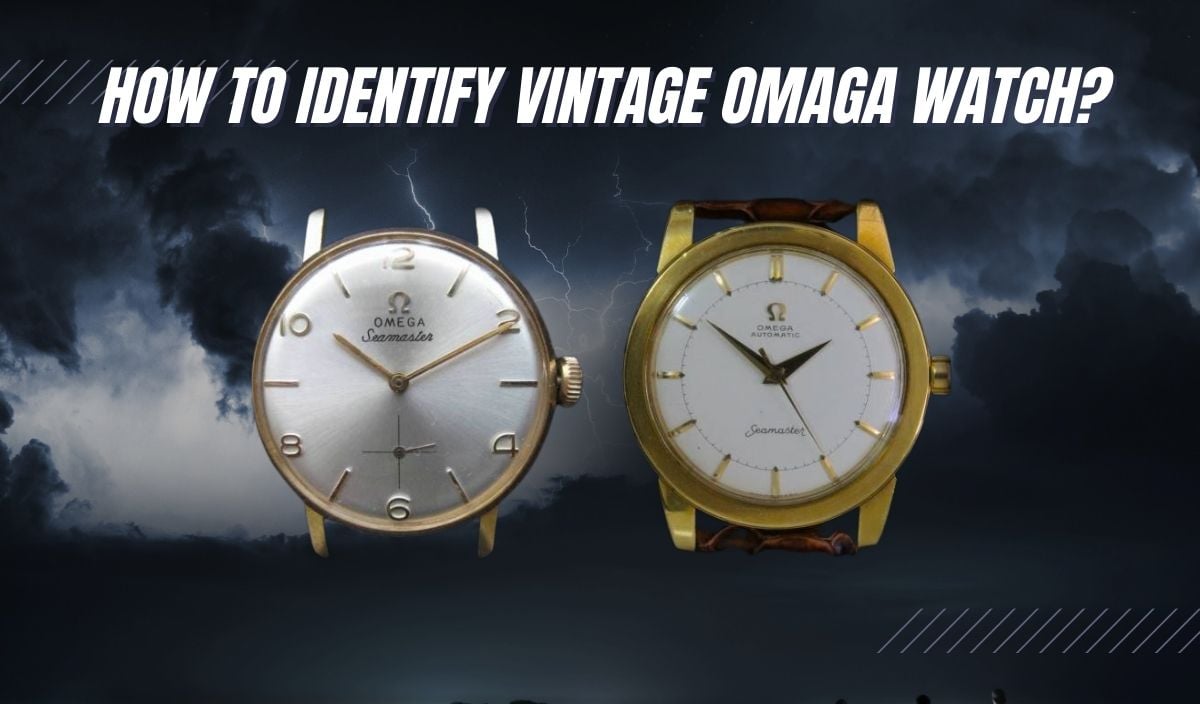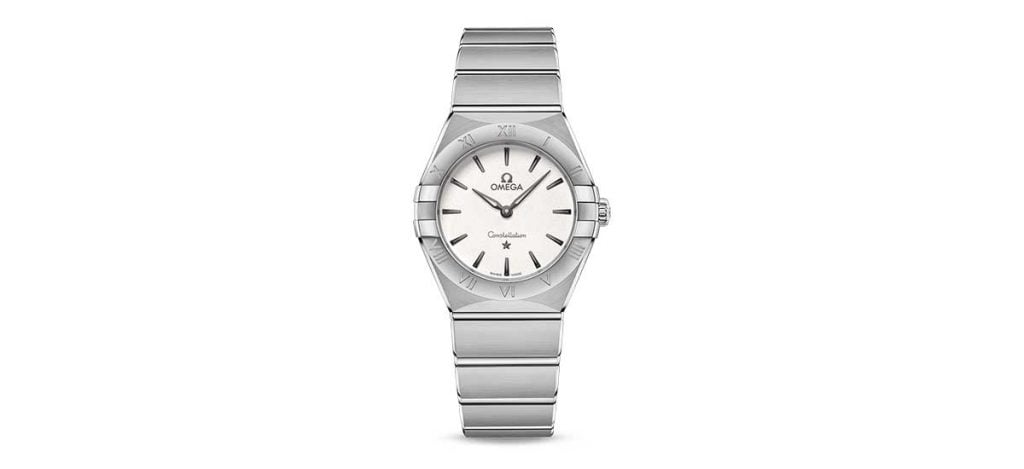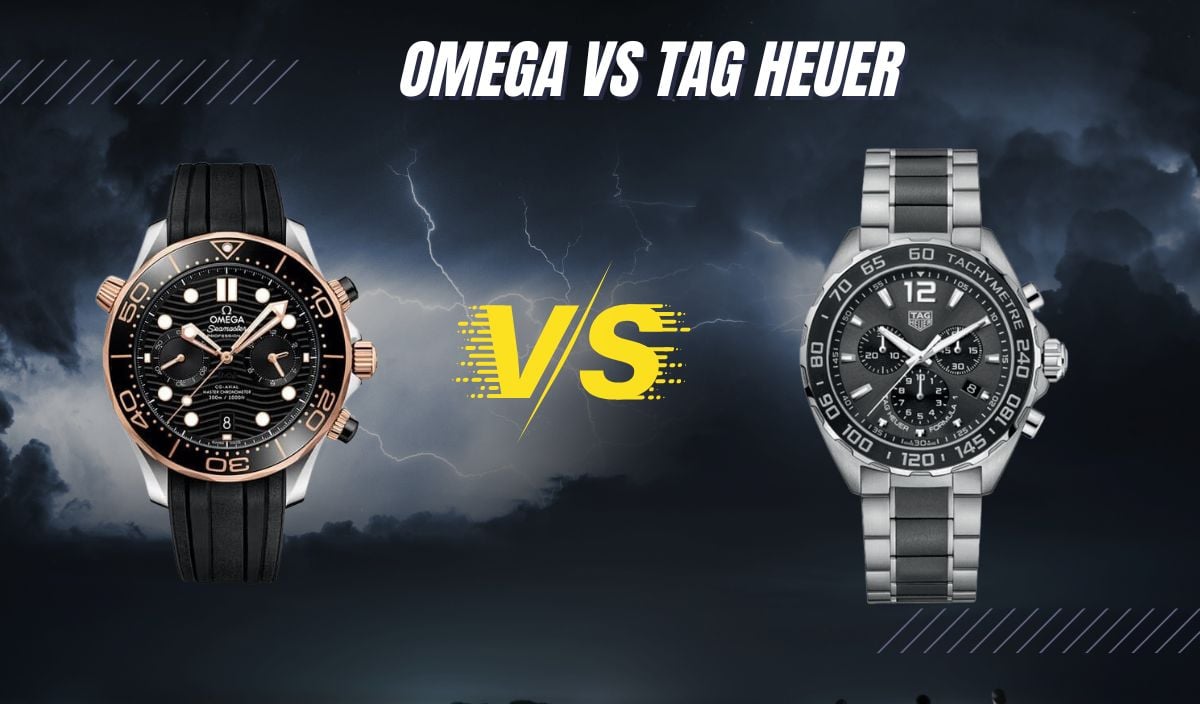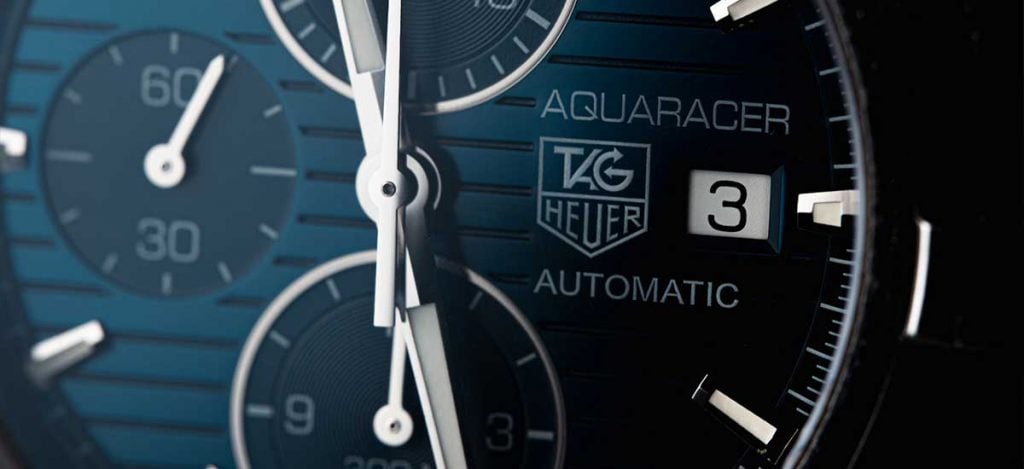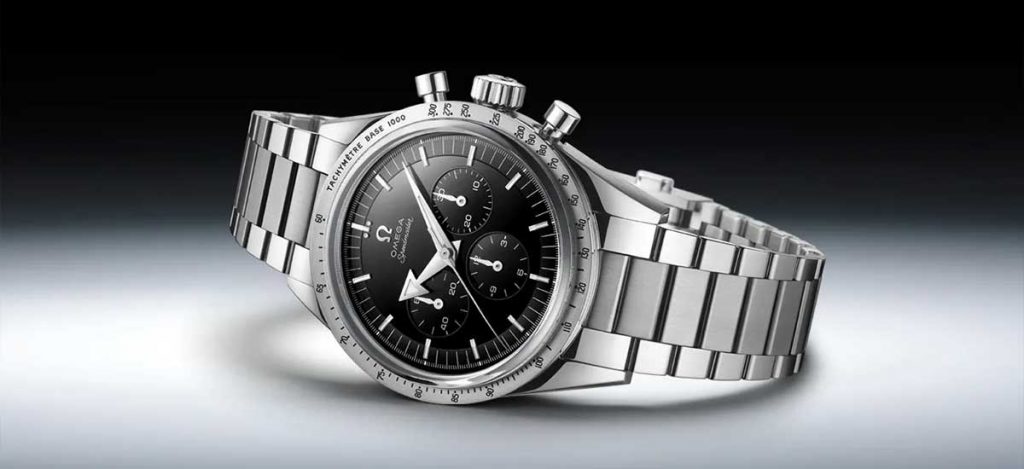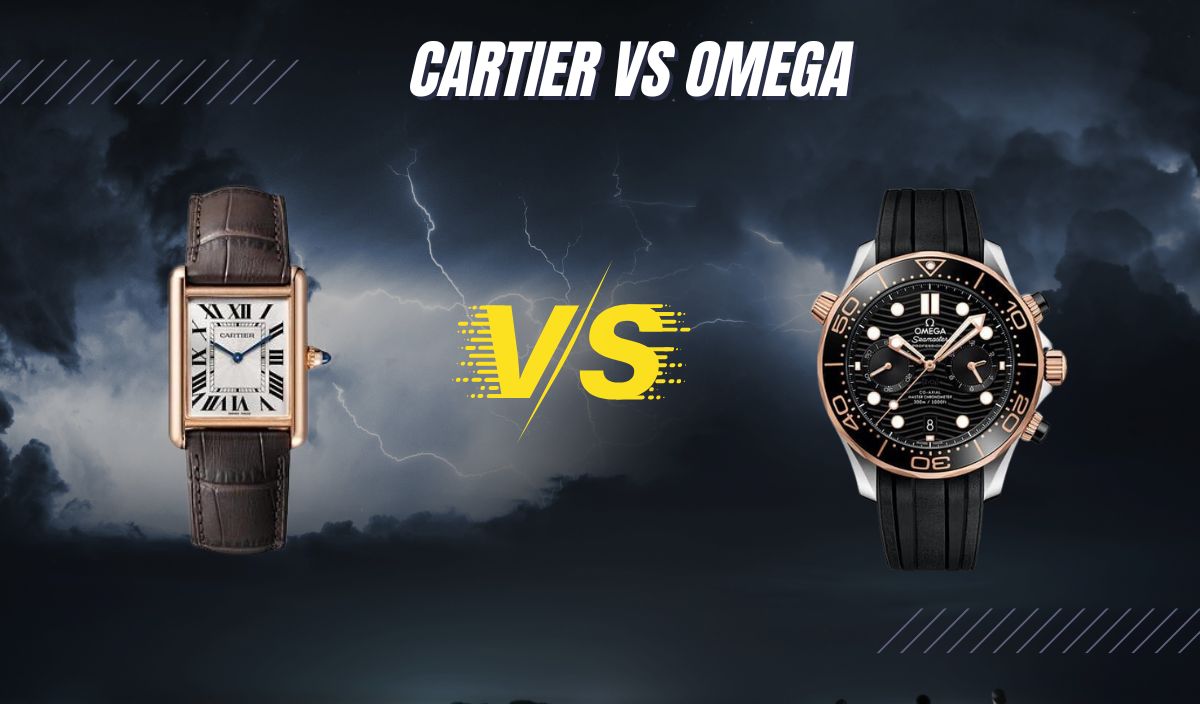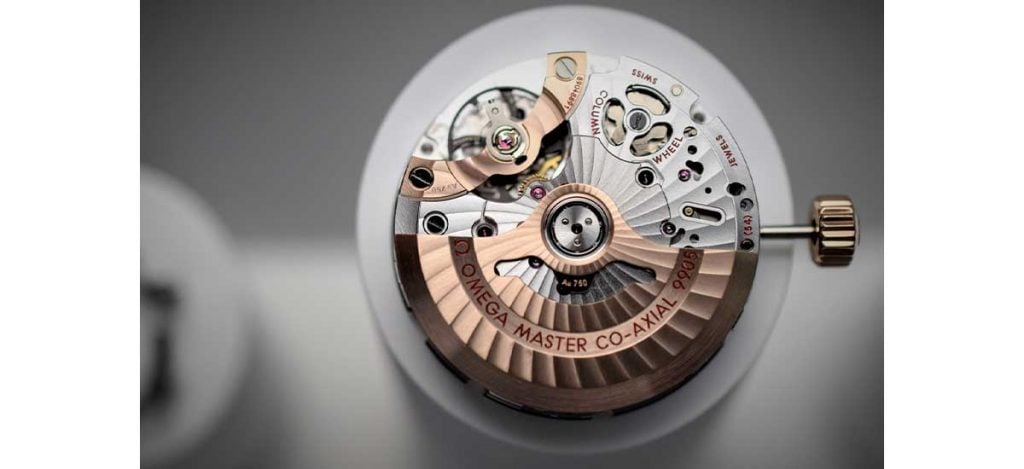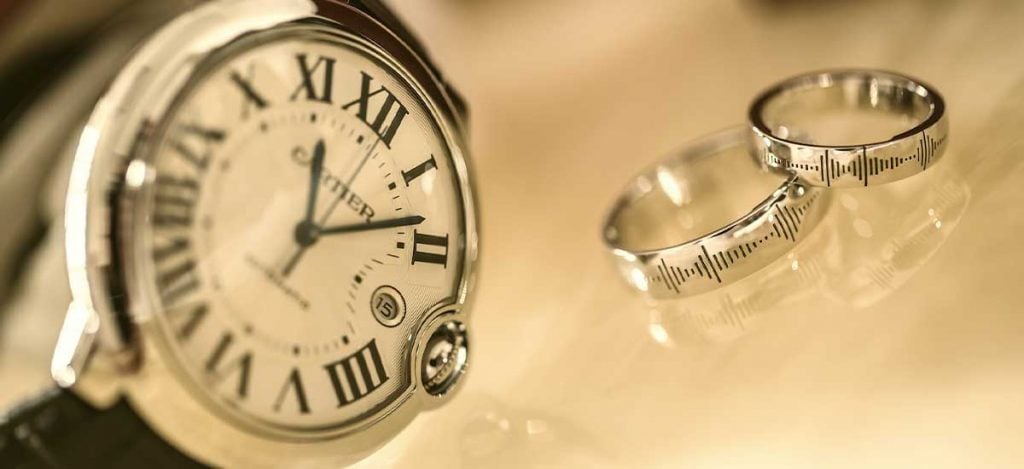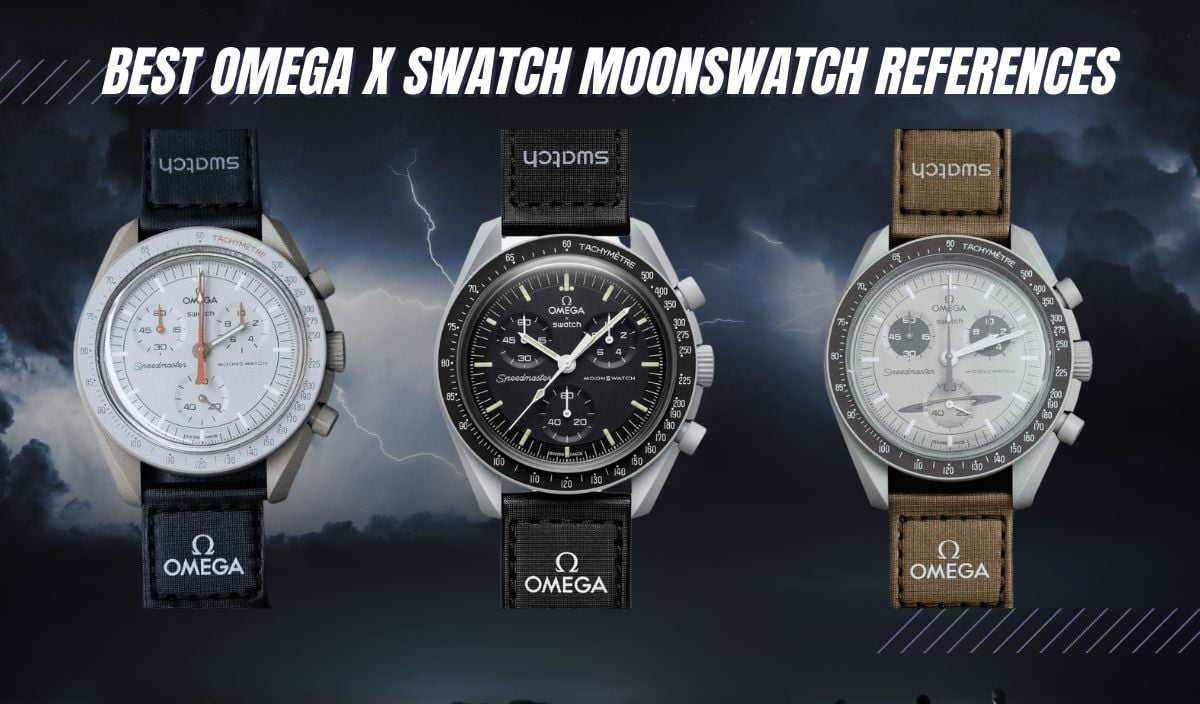
The Omega X Swatch MoonSwatch Collection was not supposed to shake the world. It wasn’t supposed to attract a wild demand that caused chaos following its launch.
It was a cheap, fun watch meant to bring jollity. Period! But no, the $260 plastic quartz marvel would not be content with that and decided to become the toast of the watch world!
Launched in the first quarter of 2022, the Omega x Swatch BioCeramic Speedmaster MoonSwatch series was a collection that made headlines beyond the confines of Omega and Swatch’s fan base.
The MoonSwatch was a series of 11 timepieces that came in a lineup of mesmerizing colors that corresponded to the 11 planetary bodies, namely the Sun, Mercury, Venus, Earth, Moon, Mars, Jupiter, Saturn, Pluto, Uranus, and Neptune.
Each watch had a BioCeramic case with dimensions and contours identical to the original Speedmaster. The audacious product attracted crowds…long lines of optimistic buyers that were unfortunately left stranded due to a limited supply.
Swatch even reported that it did not anticipate such a massive turnout. So how did it all happen? How did the Omega x Swatch BioCeramic Speedmaster MoonSwatch series become the hype product of the year 2022? How did it manage to create joy, rage, and utter confusion all at once?
Read on to find out!
The History of Omega
Omega’s story begins in 1848 when Louis Brandt, a young watchmaker, set up a small workshop to assemble watches. Sited in La Chaux de Fonds Switzerland, the company operated as La Generale Watch Co. until the year 1903 when ‘Omega’ was incorporated, making it “Louis Brandt et Frère-Omega Watch & Co.” Thus, Omega was officially founded in 1903 after over 50 years of successful sales.
The Brandt’s sons took up where their father left off after his passing in 1879 and launched the brand’s first mass-produced caliber watch, “The Labrador”, in 1885. Following the success of The Labrador, the first minute repeater was released seven years after, and by 1894 the famous 19-Ligne caliber was born.
With a well-built reputation across Europe, the company moved to Bienne, Switzerland, where it extended its notoriety for crafting exquisite timepieces of the highest caliber globally.
Great achievements like becoming the official timekeeper of the Olympic Games in 1932 and the first NASA-approved watch manufacturer for American space missions in the 1960s are worthy of note.
Iconic collections like Omega Speedmaster, Omega Constellation, Omega De Ville, and Omega Seamaster continue to carry forward the distinguished lineage of the leading Swiss watch brand.
The History of Swatch
In the late 1970s and 1980s, Swiss watch manufacturers faced a major challenge. They were suddenly being outpaced by affordable, battery-powered, quartz-regulated timepieces imported from Japan.
Since the European watch manufacturers mainly produced expensive mechanical watches, the upheaval affected the entire watch industry colossally. Jobs were lost, factories were shut down, and businesses could not continue operations. It is reported that as many as 1,000 Swiss watch companies were closed.
It was in the midst of this that the Swatch product line was born. A man named Ernst Thomke, along with Jacque Muller, and Elmar Mock, worked together to craft an affordable plastic timepiece that was durable and accurate.
The first Swatch watch (Swatch is a contraction of “second watch”) was released in 1983 and was a success because the idea of owning a Swiss watch was still held in high esteem. The innovative approach put Swatch firmly in the watch industry. Since its inception, the brand has remained famous for producing low-cost but incredibly accurate timepieces that are largely accessible.
The Omega X Swatch Collaboration
In March 2022, Swatch triggered a shopping frenzy due to its sudden collaboration with Omega. The watch brand reportedly said the collaboration between itself and Omega was to create an innovative product that blended the very best of both worlds.
The nature of the joint effort was very surprising and unprecedented, to say the least. Easily dubbed the best collaboration of the year 2022, the 11 timepieces released drew inspiration from distinct planetary bodies.
The creative partnership, which was a first for Omega and Swatch, was based on the original Speedmaster Professional architectural design. Of course, we all know how revered the watch worn by Apollo 11 astronauts is; it is a must-have for every collector. Who wouldn’t want a timepiece that went to the moon?
Unfortunately, the cost of a Speedmaster makes it inaccessible to most, which is why the demand for the Omega X Swatch timepiece led to a near-disastrous event.
Reactions varied from ecstasy to disappointment, and then there was a lot of confusion and chaos. Hundreds of people matched to all the available Swatch stores, and even though the watches were not limited edition, the hype around them made them seem like one.
The watches, which were restricted to two per customer, were unavailable online and could only be acquired from the 110 Swatch locations globally (most of these stores had less than a thousand watches to sell).
The last time something like this happened was never, and even Swatch disclosed that it did not expect such a massive turnout. The celestial-themed watches are still very hard to find.
Omega X Swatch Mission to the Moon (SO33M100)
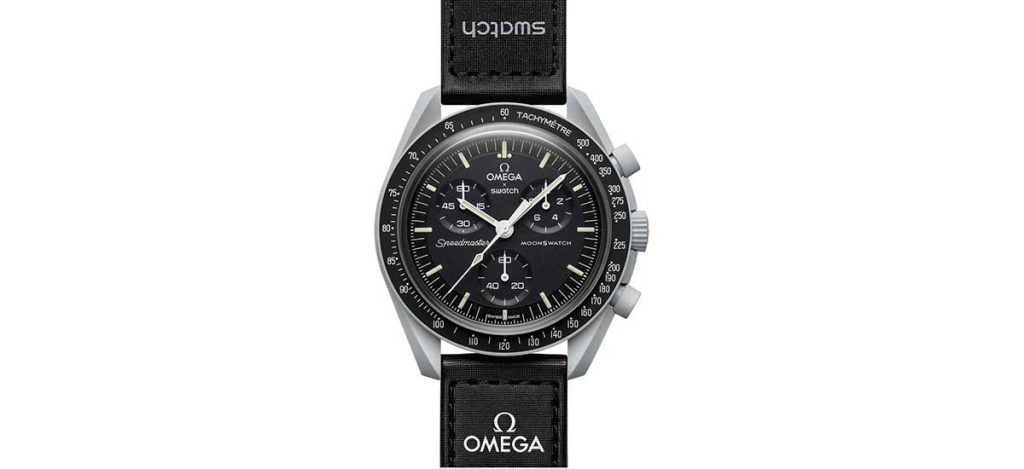
There’s no doubt about the fact that the MoonSwatch was designed to bear a resemblance to the legendary original Speedmaster Professional. That said, the Ref. SO33M100 is a true vintage-inspired timepiece with contemporary features.
The watch features a grey Bioceramic asymmetrical case that measures 42mm in diameter with a lug-to-lug distance of 47.2mm. Bioceramic is produced when two-thirds of ceramic and one-third of a bio-derived material are mixed, so the case is strong yet soft to the touch.
From an aesthetic standpoint, the watch evokes the past with iconic design features. Immediately recognizable are the twisted lugs, distinctive crown and chronograph push-pieces, and the eminent dot-over-90 on the bezel, which is the stuff of legends.
The dial is a little busy but has managed to stay impressively legible. It is black with a matte surface enlivened by rectangular hour markers that have been generously filled with SuperLumiNova.
Three sub-dials; a running-second indicator at the 6 o’clock position, a 1/10th seconds indicator at 2 o’clock, and a 60-minute counter at 10 o’clock beautifully distribute the visual weight all around. Ticking inside is the Swiss quartz chronograph movement with 4 jewels in the form of caliber G10.211 ND.
Omega X Swatch Mission to the Sun (SO33J100)
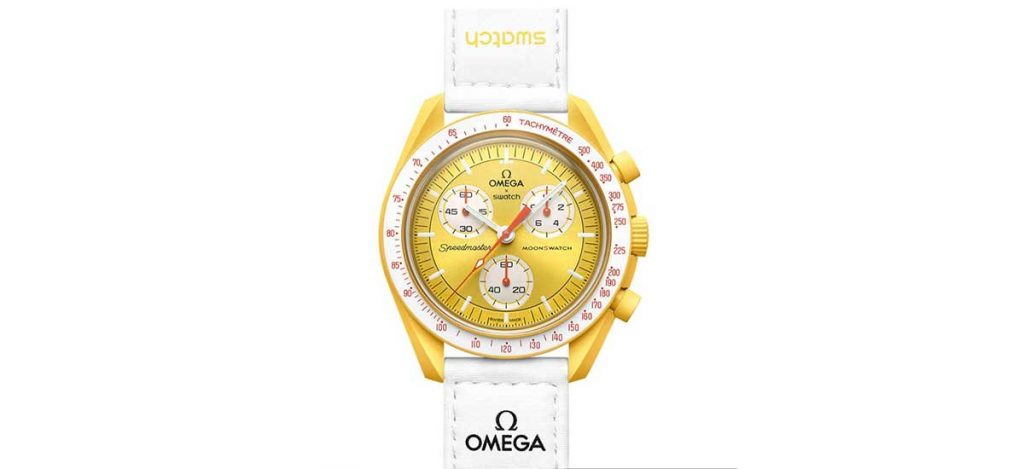
Amongst the 11 models that the Omega X Swatch collab introduced in 2022, the Mission to the Sun is undoubtedly the most radiant and resplendent of them all.
The color of the bioceramic case corresponds with the vibrant yellow glow of the Sun (which happens to be its celestial inspirator). As said before, the outline is the typical MoonWatch design from Omega and measures the same fitting 42mm in diameter with a 13.58mm height.
However, the sub-dial arrangement is not the same 3-6-9 sub-dial layout found in the MoonWatch. Here, two sub-dials sit above the axis of the central 3-9 line.
Even though the watch is quite colorful, it does not detract from its overall appeal and has managed to stay legible despite the beaming countenance. The hands and hour markers are painted with Super-LumiNova; the crystal is flat and has an “S” etched into it, which can only be viewed from certain angles.
The sun-brushed dial is energetic and is adorned with striking orange hands and white sub-dials with the circular graining motif. Engraved on the battery cover at the back of the watch is the image of the Sun.
The watch might be deemed too dazzling, but if you want to brighten your day anytime, anywhere, I bet you this sun-brushed gold timepiece with a white-accented colorway will bring a lot of happiness just sitting snugly on your wrist.
Omega X Swatch Mission on Earth (SO33G100)
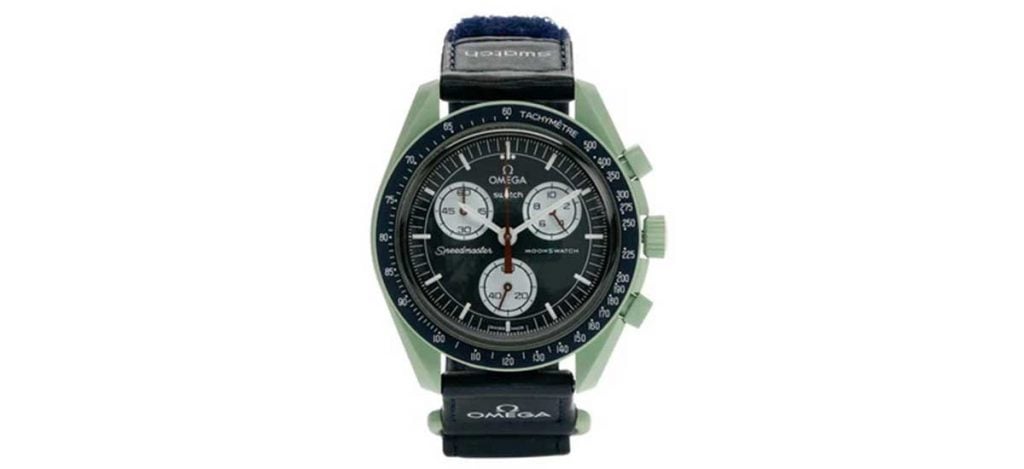
The Mission to Earth model was released in celebration of our beautiful planet and is ideal for anyone who wants something more trendy. The SO33G100 comes in an exhilarating green color that pays respect to the only world known to harbor life.
The look is akin to what we’ve seen in the Mission to the Sun, but a design element that will instantly catch your gaze is the earthy green Bioceramic case. Although the bright color of the case might not sit well with some, going by the high demand, this timepiece right here is delivering what the market wants.
Weighing only about 29 grams, the lightweight case stands out against a blue dial with three white subdials. The spectacular-looking dial has a lifelike miniaturized realism enlivened by a brown seconds hand with an arrow tip. The central hands and hour markers are luminescent to improve legibility in low-light settings.
The small chronograph seconds hands on the sub-dials have also been finished with Super-LumiNova for a perfect glow in the dark. When it comes to aesthetics and eccentric cosmic beauty, the Mission to the Earth has a peculiar sensation other models don’t.
For one, green is hot. Add that to a blue dial and navy blue VELCRO© straps, and you have a good level of subtlety in appearance despite the colorful case.
Omega X Swatch Mission to Mars (SO33R100)
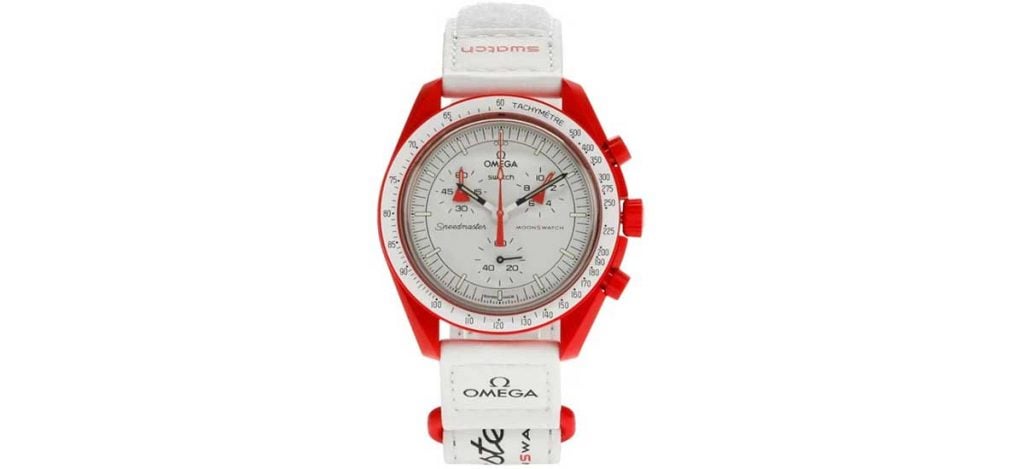
The Speedmaster’s association with NASA and spaceflight is extolled among the collector community. One of the collaborative projects that continues to arouse curiosity among fans is the prototype made by Omega for NASA’s consideration in 1969.
Code-named Alaska 1, the Ref. 5-003 (Prototype), was built to meet lunar mission requirements. The watch had a detachable red outer case with a stark white dial that could reflect heat and sun rays while providing excellent legibility.
The Ref. SO33R100 pays respect to this legend with its vivid red bioceramic case, white dial, and remarkable red rocket hands. The dimensions and contours are identical to that of the original MoonWatch, but the design is what sets this model in a league of its own.
Watch nerds who know the history of the Alaska project in 1969 will appreciate the Mission to Mars all the more. The watch, which happens to be one of the most prized from the collection, is equipped with a white flight-style velcro strap comparable to the straps worn by Astronauts.
Omega X Swatch Mission to Uranus (SO33L100)
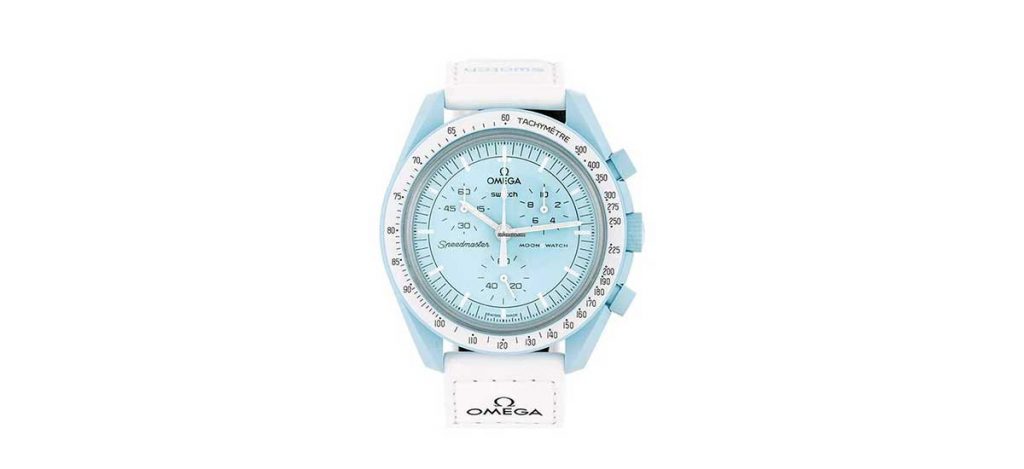
Discovered by astronomer William Herschel in the year 1781, Uranus is the coldest and biggest planet among the ice giants. Presented in a vibrant blue BioCeramic case that resembles the highly sought-after Tiffany Blue color, this timepiece has a natural purity that blends perfectly with the soft and frosty blue dial.
The hour and minute hands are rendered in snowy white, while a black minute track contrasts the superlative immaculacy of the façade. Again all the hands and hour markers have been generously coated with Super-LumiNova, and the chronometer subdials are easy to read despite their small sizes.
The Mission to Uranus chronograph watch is equipped with a white velcro strap with dual Omega and Swatch branding. A low-cost quartz movement keeps the watch highly accurate and will require little or no maintenance apart from a possible battery replacement.
It is water resistant to a depth of 30 meters, meaning it is only splash-proof, so don’t think you can go 30 meters deep into the water with it strapped on your wrist. The dial is protected by domed plexiglass crystal.
Omega X Swatch Mission to Mercury (SO33A100)
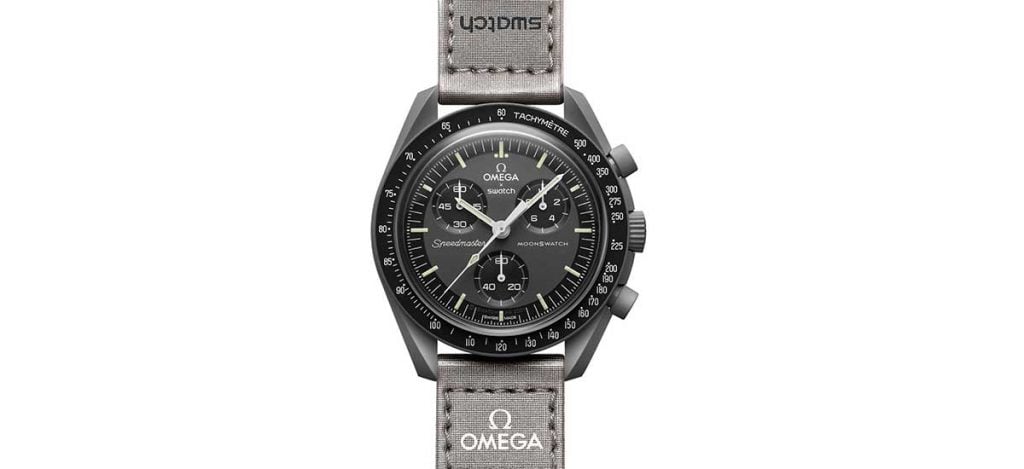
There has always been something mysterious about Mercury. Even though it is one of our closest planetary neighbors, it remains the least explored, with an abnormal dark gray color that has puzzled scientists for decades.
The Swatch x Omega Bio Ceramic MoonSwatch Mission to Mercury has been blessed with the same enigmatic beauty that gives it a unique look.
Paying homage to the smallest planet in the solar system, the timepiece features a charcoal grey Bioceramic case with a matching grey dial. The grey dial is slightly dense, probably resembling patches of carbon-rich material (graphite) found on Mercury’s surface.
The Velcro strap, on the other hand, has an earthy brown color that mimics the rocky surfaces, which are covered with thick layers of dust in Mercury. The dial is strongly legible with markings all done up in white hue to aid reading in low light conditions.
The watch is lightweight, durable, and will blend with many dress styles. Unlike other models, the deep grey color is a bit somber and will provide excellent versatility for outdoor adventures anytime, any day.
Omega X Swatch Mission to Jupiter (SO33C100)
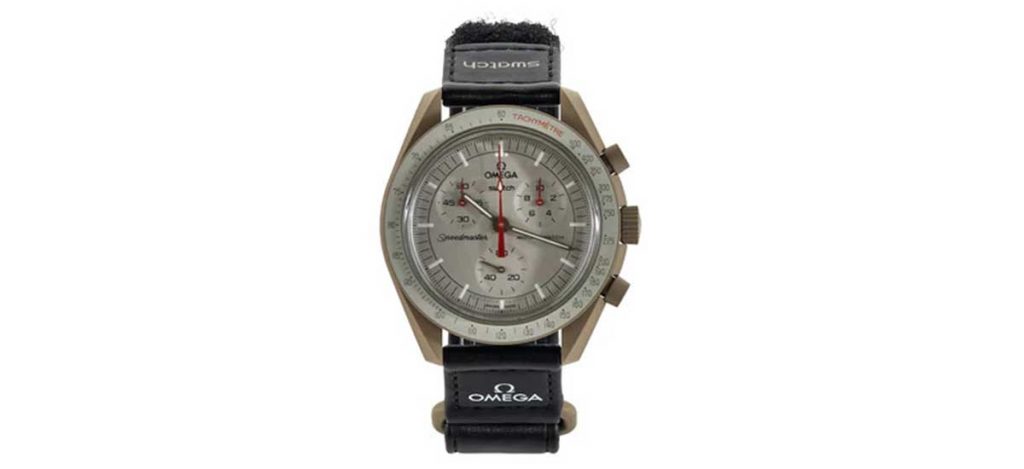
The Swatch X Omega Mission To Jupiter is perhaps the only model endowed with a prepossessing beauty. The watch exhibits an eminent handsome appearance with a graceful tan-colored case contrasted by a black VELCRO strap.
The dial and bezel boast a lighter shade of beige, making the watch ideal for those who want to sport something affordable and classic. The chronograph functions are all presented in vivid orange, but it’s not sparkling or too bright, and it blends excellently well with the drab khaki tone of the case.
The resulting effect is an understated but appealing two-tone aesthetic. The hour markers are rectangular lumed bars of equal length. However, some of the markers (at two, six, and ten o’clock positions) have been shortened to make room for the sub-dials.
At the back of the watch, you will find the words, “Dream Big, Fly Higher, Explore the Universe, Reach for the Planets, Enjoy the Mission”, neatly molded along the edge. The timepiece is co-branded at 12 o’clock on the dial, while the “Speedmaster” and “MoonSwatch” logos are on the dial.
Speaking of drawing inspiration from the legendary Speedmaster design, the Mission to Jupiter sports an orange “Ultraman” inspired seconds hand that animates the somber tan-colored case. A semi-photorealistic image of Jupiter is molded into the back of the battery cover.
Omega X Swatch Mission to Neptune (SO33N100)
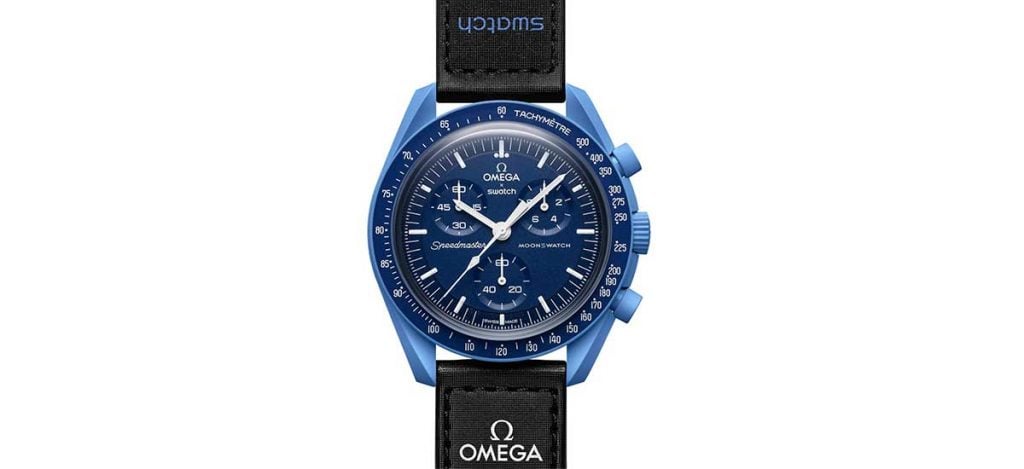
Neptune is an ice giant that was discovered in 1846 by Johann Galle. Apart from being the densest giant planet in the Solar System, it is also the farthest from the Sun with a bright azure blue color. The striking blue color of the planet is believed to be a result of how Neptune’s atmosphere responds to methane.
Known as the planet of inspiration, the beautiful blue planet is orbited by eight moons and has faint circlings arranged in clumps. Enchanted by Neptune yet? Well, the Omega X Swatch Mission to Neptune promises to take you there!
The no-nonsense timepiece features a striking blue case juxtaposed with blue hues around the dial to imitate the alluring look of our distant giant planet. The watch is clean, elegant, and legible, with white sundial hands and a tachymeter scale that contrasts the profound blue tones on the dial.
It features a black VELCRO strap adorned with NASA, Omega, and Swatch logos. The strap features a plastic keeper that will hold the timepiece tightly on the wrist, irrespective of the size. The quartz chronograph movement that is used in other models is also used here to keep the watch highly accurate.
Omega X Swatch Mission to Saturn (SO33T100)
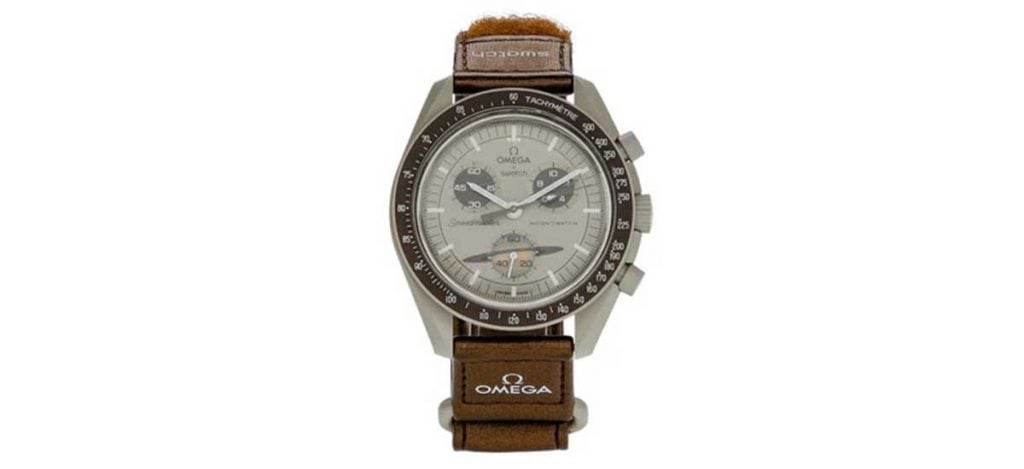
Omega X Swatch Mission to Saturn stands out from other variants because of its beautiful appearance, making it an extremely wearable timepiece. The beige case blends perfectly with the soft and warm brown panda sub-dials and Velcro strap.
Due to its neutral look, it will make an excellent choice for a dress watch, unlike other colorful versions. Even though it is not a dress watch in essence, what pushes me to categorize it as one is the overall discreet look and wrist presence.
Saturn is a fascinating planet adorned with thousands of beautiful bright particles that encircle the giant extensively. Even though Saturn is not the only planet with ringlets, it is the only planet with the most extensive ring system.
That said, the Omega X Swatch Mission to Saturn is also the only timepiece that showcases one additional feature compared to other models in the collaboration, namely, Saturn’s rings! With reference to the ring encircling Saturn in a swirling wind, the Mission to Saturn depicts rings on the second subdials, and the aesthetic effect is mesmerizing.
The Velcro strap is brown, slightly shiny but glistening or sparkling enough to distract and contrasts nicely with the brown dial. The chronograph seconds hand and subdial hands are also in brown, and all the hour markers and hands have Super-LumiNova for an excellent glow in the dark.
Omega X Swatch Mission to Venus (SO33P100)
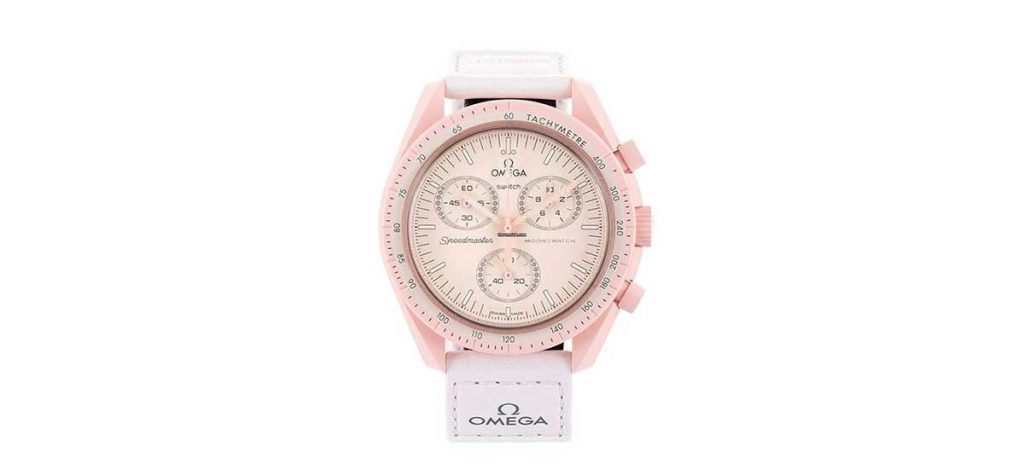
Ahh…Venus!! Earth’s sister! Earth’s Twin. The beautiful planet that appears in Earth’s sky as a morning star or even an evening sun. The cloud-swaddled planet is named after love and good fortune. What better way to pay homage to the planet of love other than this powdery pink timepiece with oval subdials?
When viewed through a telescope, Venus appears yellow-white with reddish and brown surfaces. However, during winter, the Belt of Venus has a vivid pink color that fades away during summer, leaving a yellowish-orange band.
The Omega X Swatch Mission to Venus bears the same enchanting powdery pastel pink coloration with a creamy white dial and white Velcro strap that mildly offsets the pink hue. The “panda” sundials are framed with diamond-like details that give the watch a touch of elegance and feminity.
The bezel is white, but all the hands (hour, minutes, chronograph seconds, and counter hands) are pink. The light pink case back is adorned with the image of Venus (a swirly planet), and the watch comes mounted on a white Velcro strap with white stitching. The Omega and Swatch lettering is white, while the keeper is on the same light pink coloration as the case.
Omega X Swatch Mission to Pluto (SO33M101)
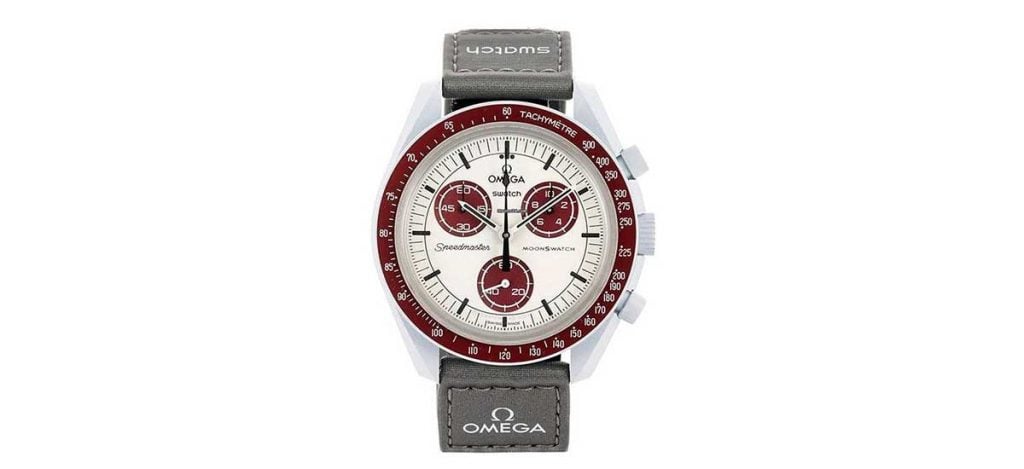
Pluto is a dwarf planet with a range of colors. From patches of red to streaks of yellow and subtle orange, the mysterious planetary body is quite fascinating and is the most distant planet from the sun. The Omega X Swatch Mission to Pluto brings this enchanting planet closer with its warm cream and gray tones.
For people who prefer consistency in the color and material used for their timepiece, the combination of the panda dial, dark grey VELCRO© strap, and cream dial will make an excellent choice. The tachymeter scale (designed to help the wearer compute the speed traveled over a specific period) on the bezel offers the watch a masculine look, adding to its appeal.
The lettering of the Omega X Swatch logo is done in a dark charcoal gray font that adds a final touch to the overall color scheme. It is complimented with black hands and indices with a generous application of Super-LumiNova.
The Velcro strap comes in two parts. One part from the 6 o’clock position is about an inch long and has the keeper with the OMEGA logo on it. On the other end is the longer trap adorned with the Swatch logo and the words “Speedmaster, Mission to Venus Moonswatch”. The battery cover, which would have been a boring necessity, is livened up by a relatively clear image of Pluto.
Conclusion
The release of the MoonSwatch would remain remarkable for spreading a wave of joy through the entire world of Horology. Very few timepieces bring with them a sense of lightheartedness and a feeling of jollity that gladdens the wearer as the MoonSwatch does.
Add this to the attractive details of the Speedmaster, and you have a more upscale feel that makes you want to put it on over and over again. While the idea and execution are beyond reproach, I believe the quality of the timepiece could have been improved.
If you are yet to own one, don’t sweat it! Don’t stress, don’t worry, and more importantly, don’t purchase one from the gray market for five times more. However, when it eventually becomes available (and it will), don’t hesitate to get one!

